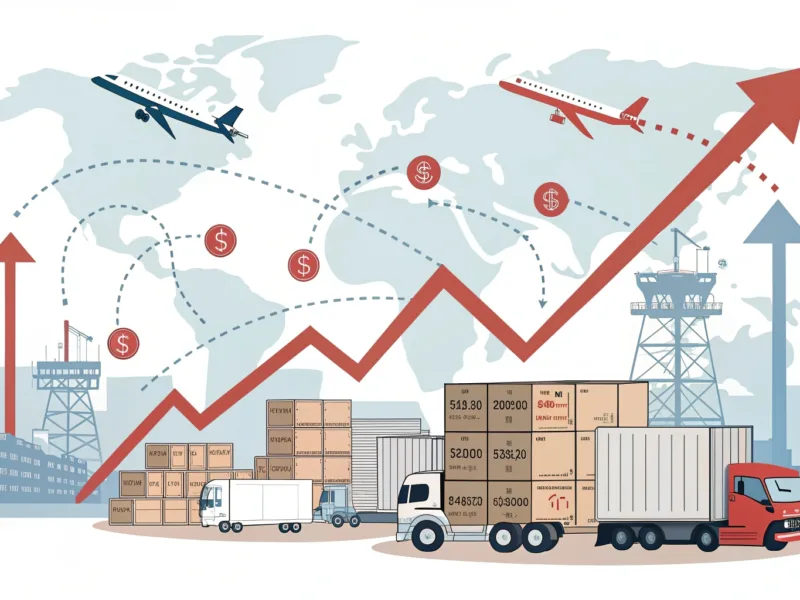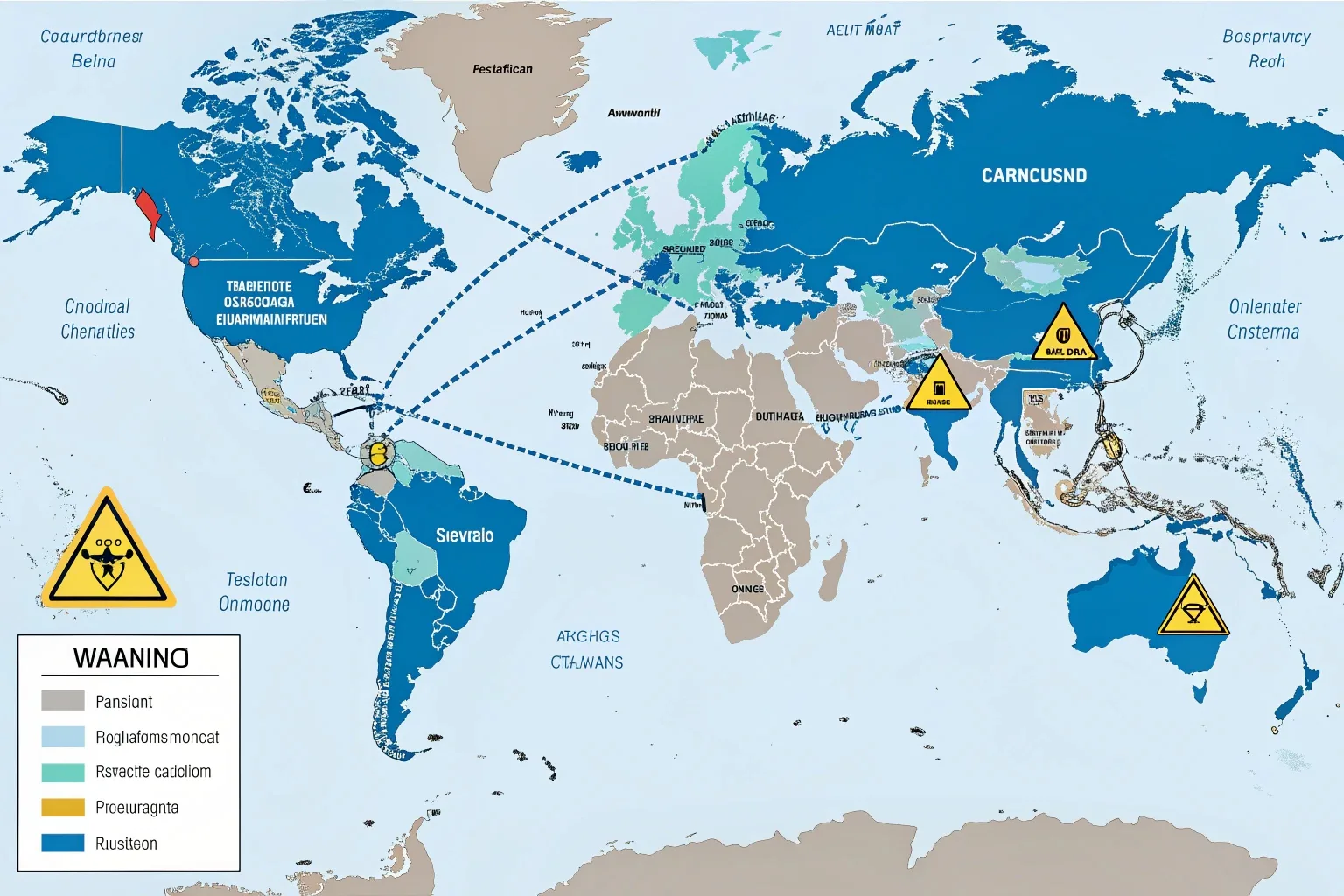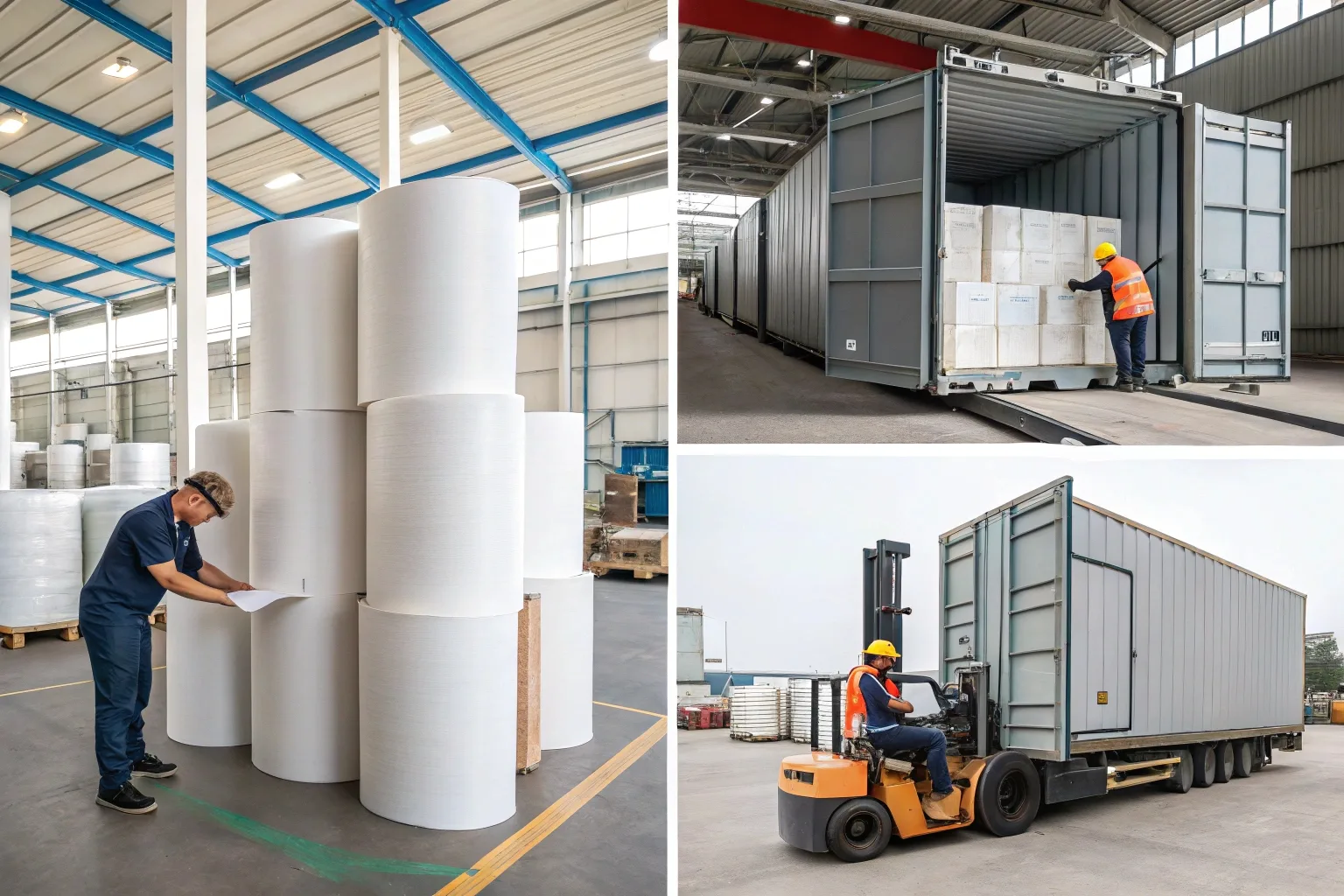
Running a business feels unpredictable lately. Your packaging costs seem to change without warning, making it hard to plan your budget and protect your profit margins. This instability is frustrating.
The main reasons for changing packaging costs are supply chain volatility and fluctuations in raw material, transport, and labor prices. Global events, trade policies, and sudden shifts in demand also create major price instability.
I know how difficult these constant changes can be for your business. In this article, I want to break down exactly what is happening behind the scenes. This will help you understand the "why" behind the price changes and how we can work together to manage them. Let's dive in.
What External Forces Are Driving Up Costs?
Do you feel like events happening on the other side of the world are impacting your balance sheet? You are not mistaken. These external pressures create ripple effects you directly feel.
Global events like pandemics and geopolitical conflicts disrupt supply lines, while new trade policies and tariffs add unexpected taxes and complexity. These external forces are major drivers of increased packaging costs.

Let's look more closely at these factors. As a manufacturer in China serving global brands like yours, I see the direct impact of these large-scale events every day. It's not just about one thing; it's about several major forces working together to create uncertainty.
The Impact of Global Events
Big world events are the largest and least predictable drivers of cost. When something major happens, it can shut down ports, factories, or even entire transportation networks. The COVID-19 pandemic was a clear example. Lockdowns stopped production, but at the same time, demand for e-commerce packaging went up. This mismatch caused huge delays and price spikes. We saw similar disruptions from natural disasters or geopolitical conflicts that interrupt the flow of goods and raw materials. A single blocked shipping lane can cause a traffic jam of container ships that takes weeks or even months to clear. Every delay adds costs.
Trade Policies and Tariffs
Governments can change trade rules, and this has a direct financial impact on us. Tariffs are basically taxes on imported goods. When new tariffs are introduced, the cost of bringing raw materials into China or shipping finished boxes to your country in North America or Europe can increase overnight. For example, if the cost of a special paper from Europe goes up by 15% due to a new tariff, that increase gets passed into the final box price. These policies are often unpredictable and can be used for political reasons, making them a constant source of risk in our planning.
Here is a simple table showing how these forces can affect a standard order:
| Disruption | Affected Area | Potential Cost Impact | Example |
|---|---|---|---|
| Geopolitical Conflict | Shipping Routes | +10% to +30% | Ships must take longer routes to avoid conflict zones, burning more fuel and time. |
| New Tariff | Raw Material Imports | +5% to +25% | A new tax is placed on imported FSC-certified paper pulp. |
| Pandemic Lockdown | Factory Labor | +5% to +15% | Fewer workers available leads to slower production and higher overtime costs. |
| Natural Disaster | Raw Material Source | Market Price Spike | A forest fire in a key pulp-producing region reduces supply, raising prices. |
These are the big, external storms we have to navigate. They are outside of our direct control, but understanding them is the first step to building a more resilient strategy for your packaging needs.
Which Direct Costs Are the Most Volatile?
Are you wondering where exactly the price increases come from? Packaging seems simple, but its cost is built from several components, and many of them are constantly changing in price.
The most volatile direct costs in packaging manufacturing are raw materials like paper and ink, transportation like ocean freight, and labor. Fluctuations in these three key areas directly impact your final price.

When we provide you with a quote, we are calculating costs based on the current market price of many different inputs. If those prices change between the quote and the start of production, it can affect the final invoice. This is a challenge for both of us, and I believe transparency is the best way to manage it. Let's break down these three main cost centers.
Raw Material Price Fluctuations
This is often the biggest factor. The price of paper pulp, which is used to make cardboard and paper, is a global commodity. Its price changes based on global supply and demand, energy costs, and even environmental factors. If there is a bad harvest for wood, pulp prices go up. If a large paper mill shuts down, supply tightens and prices rise. The same is true for inks, glues, and the finishing materials we use for lamination or UV coating. We buy these materials in large quantities, but we are still subject to market prices.
Skyrocketing Transportation Costs
Getting your boxes from our factory in China to your warehouse in North America or Europe is a major part of the total cost. This includes several steps: trucking from our factory to the seaport, the ocean freight itself, and then trucking from the destination port to you. Ocean freight rates have been extremely volatile. The availability of shipping containers is a huge issue. After the pandemic, containers were often in the wrong places, which created a massive shortage and caused shipping prices to increase by 5 or 10 times their normal rate. Fuel prices also play a big role. When oil prices go up, the cost of running ships and trucks also goes up, and this surcharge is passed on.
The Rising Cost of Labor
Our skilled workers are essential for producing top-quality packaging. In manufacturing and logistics, there have been labor shortages globally. To attract and keep good workers, wages have been increasing. This is a positive thing for our employees, but it does mean that our operational costs go up. This applies to everyone in the supply chain, from the people making the paper to the workers loading the ships and the drivers delivering your final order. Each increase adds a small amount to the total cost.
Here is a summary of how these costs can shift:
| Cost Component | Driving Factors | Recent Volatility |
|---|---|---|
| Raw Materials | Commodity markets, energy costs, supply vs. demand | High |
| Transportation | Fuel prices, container availability, port congestion | Very High |
| Labor | Local wage rates, worker shortages, skill demand | Moderate to High |
Understanding these specific cost drivers helps explain why a price that was valid last month might need to be updated for a new order this month.
Feeling overwhelmed by all this volatility? It is easy to feel powerless, but there are practical strategies that we can use together to reduce risk and create more predictability for your business.
To navigate these challenges, we can improve planning with digitalization, diversify supplier options, and use strategic agreements like long-term contracts. This builds a more resilient and agile supply chain together.

The key to stability is communication and partnership. My goal at Finer-packaging is not just to sell you boxes; it is to be your packaging partner. That means working with you to find solutions. The single biggest mistake is reacting to problems. A much better approach is to work together to anticipate them. Let's explore some of the most effective strategies we can implement.
Better Planning Through Digitalization
One of the biggest problems in a volatile market is a lack of information. This is where technology helps. By using real-time data and analytics, we can get a clearer picture of the entire supply chain. We can track raw material prices, monitor shipping backlogs, and anticipate potential delays. This helps us make smarter decisions. For example, if we see that paper prices are projected to rise in the next quarter, we can advise you to place an order sooner to lock in the current, lower price. Better visibility means fewer surprises.
Diversifying Our Supplier Base
Relying on a single source for a critical material is a huge risk. If that one supplier has a problem, your entire production can stop. That is why we work hard to build relationships with multiple suppliers in different geographic regions. If our primary paper supplier in one province is facing a shutdown, we have backup suppliers in other regions ready to step in. This diversification creates a safety net. It protects your production schedule from being derailed by a problem at a single source. It gives us flexibility and helps ensure a steady supply of materials.
Using Long-Term Contracts and Hedging
For clients with consistent, high-volume needs, we can use more advanced procurement strategies. A long-term contract is an agreement to purchase a certain quantity of packaging over a year or more at a fixed or structured price. This gives you unparalleled cost stability and predictability. It also allows us to make long-term commitments to our raw material suppliers, which often results in better pricing for everyone. Hedging is another financial strategy where we can lock in prices for materials in advance. These tools are powerful for reducing your exposure to sudden market swings. By committing to a partnership, we can unlock these more stable and often more cost-effective options. This moves the relationship from a simple transaction to a true strategic partnership.
Conclusion
Supply chain volatility is complex, but understanding its drivers is key. By working together on planning and strategy, we can build a more resilient partnership and create greater cost predictability.






